Source: http://www.foxnews.com/story/0,2933,120137,00.html
Sarin, Mustard Gas Discovered Separately in Iraq
Monday, May 17, 2004
BAGHDAD, Iraq —
A roadside bomb containing sarin nerve agent (search) recently exploded near a U.S. military convoy, the U.S. military said Monday.Bush administration officials told Fox News that mustard gas (search) was also recently discovered.
Two people were treated for "minor exposure" after the sarin incident but no serious injuries were reported. Soldiers transporting the shell for inspection suffered symptoms consistent with low-level chemical exposure, which is what led to the discovery, a U.S. official told Fox News.
"The Iraqi Survey Group confirmed today that a 155-millimeter artillery round containing sarin nerve agent had been found," Brig. Gen. Mark Kimmitt (search), the chief military spokesman in Iraq, told reporters in Baghdad. "The round had been rigged as an IED (improvised explosive device) which was discovered by a U.S. force convoy."
The round detonated before it would be rendered inoperable, Kimmitt said, which caused a "very small dispersal of agent."
However, Defense Secretary Donald H. Rumsfeld said the results were from a field test, which can be imperfect, and said more analysis was needed. If confirmed, it would be the first finding of a banned weapon upon which the United States based its case for war.
Click to Read the Weapons of Mass Destruction Handbook
A senior Bush administration official told Fox News that the sarin gas shell is the second chemical weapon discovered recently.
Two weeks ago, U.S. military units discovered mustard gas that was used as part of an IED. Tests conducted by the Iraqi Survey Group (search) — a U.S. organization searching for weapons of mass destruction — and others concluded the mustard gas was "stored improperly," which made the gas "ineffective."
They believe the mustard gas shell may have been one of 550 projectiles for which former Iraqi President Saddam Hussein failed to account when he made his weapons declaration shortly before Operation Iraqi Freedom began last year. Iraq also failed to then account for 450 aerial bombs with mustard gas. That, combined with the shells, totaled about 80 tons of unaccounted for mustard gas.
It also appears some top Pentagon officials were surprised by the sarin news; they thought the matter was classified, administration officials told Fox News.
An official at the U.N. Monitoring, Verification and Inspection Commission (UNMOVIC) headquarters in New York said the commission is surprised to hear news of the mustard gas.
"If that's the case, why didn't they announce it earlier?" the official asked.
The UNMOVIC official said the group needs to know more from the Bush administration before it's possible to determine if this is "old or new stuff. It is known that Iraq used sarin during the Iraq-Iran war, however.
Kimmitt said the shell belonged to a class of ordnance that Saddam's government said was destroyed before the 1991 Gulf war (search). Experts believe both the sarin and mustard gas weapons date back to that time.
"It was a weapon that we believe was stocked from the ex-regime time and it had been thought to be an ordinary artillery shell set up to explode like an ordinary IED and basically from the detection of that and when it exploded, it indicated that it actually had some sarin in it," Kimmitt said.
The incident occurred "a couple of days ago," he added. The discovery reportedly occurred near Baghdad International Airport.
Washington officials say the significance of the find is that some chemical shells do still exist in Iraq, and it's thought that fighters there may be upping their attacks on U.S. forces by using such weapons.
The round was an old "binary-type" shell in which two chemicals held in separate sections are mixed after firing to produce sarin, Kimmitt said.
He said he believed that insurgents who rigged the artillery shell as a bomb didn't know it contained the nerve agent, and that the dispersal of the nerve agent from such a rigged device was very limited.
The shell had no markings. It appears the binary sarin agents didn't mix, which is why there weren't serious injuries from the initial explosion, a U.S. official told Fox News.
"Everybody knew Saddam had chemical weapons, the question was, where did they go. Unfortunately, everybody jumped on the offramp and said 'well, because we didn't find them, he didn't have them,'" said Fox News military analyst Lt. Gen. Tom McInerney.
"I doubt if it's the tip of the iceberg but it does confirm what we've known ... that he [Saddam] had weapons of mass destruction that he used on his own people," Sen. Charles Grassley, R-Iowa, told Fox News. "This does show that the fear we had is very real. Now whether there is much more of this we don't know, Iraq is the size of the state of California."
But there were more reasons than weapons to get rid of Saddam, he added. "We considered Saddam Hussein a threat not just because of weapons of mass destruction," Grassley said.
Iraqi Scientist: You Will Find More
Gazi George, a former Iraqi nuclear scientist under Saddam's regime, told Fox News he believes many similar weapons stockpiled by the former regime were either buried underground or transported to Syria. He noted that the airport where the device was detonated is on the way to Baghdad from the Syrian border.
George said the finding likely will be the first in a series of discoveries of such weapons.
"Saddam is the type who will not store those materials in a military warehouse. He's gonna store them either underground, or, as I said, lots of them have gone west to Syria and are being brought back with the insurgencies," George told Fox News. "It is difficult to look in areas that are not obvious to the military's eyes.
"I'm sure they're going to find more once time passes," he continued, saying one year is not enough for the survey group or the military to find the weapons.
Saddam, when he was in power, had declared that he did in fact possess mustard-gas filled artilleries but none that included sarin.
"I think what we found today, the sarin in some ways, although it's a nerve gas, it's a lucky situation sarin detonated in the way it did ... it's not as dangerous as the cocktails Saddam used to make, mixing blister" agents with other gases and substances, George said.
Officials: Discovery Is 'Significant'
U.S. officials told Fox News that the shell discovery is a "significant" event.
Artillery shells of the 155-mm size are as big as it gets when it comes to the ordnance lobbed by infantry-based artillery units. The 155 howitzer can launch high capacity shells over several miles; current models used by the United States can fire shells as far as 14 miles. One official told Fox News that a conventional 155-mm shell could hold as much as "two to five" liters of sarin, which is capable of killing thousands of people under the right conditions in highly populated areas.
The Iraqis were very capable of producing such shells in the 1980s but it's not as clear that they continued after the first Gulf War.
In 1995, Japan's Aum Shinrikyo (search) cult unleashed sarin gas in Tokyo's subways, killing 12 people and sickening thousands. In February of this year, Japanese courts convicted the cult's former leader, Shoko Asahara, and sentence him to be executed.
Developed in the mid-1930s by Nazi scientists, a single drop of sarin can cause quick, agonizing choking death. There are no known instances of the Nazis actually using the gas.
Nerve gases work by inhibiting key enzymes in the nervous system, blocking their transmission. Small exposures can be treated with antidotes, if administered quickly.
Antidotes to nerve gases similar to sarin are so effective that top poison gas researchers predict they eventually will cease to be a war threat.
Fox News' Wendell Goler, Steve Harrigan, Ian McCaleb, Liza Porteus, James Rosen and The Associated Press contributed to this report.
Source: http://www.foxnews.com/story/0,2933,200499,00.html
Report: Hundreds of WMDs Found in Iraq
Thursday, June 22, 2006
WASHINGTON —
The United States has found 500 chemical weapons in Iraq since 2003, and more weapons of mass destruction are likely to be uncovered, two Republican lawmakers said Wednesday."We have found weapons of mass destruction in Iraq, chemical weapons," Sen. Rick Santorum, R-Pa., said in a quickly called press conference late Wednesday afternoon.
Reading from a declassified portion of a report by the National Ground Intelligence Center, a Defense Department intelligence unit, Santorum said: "Since 2003, coalition forces have recovered approximately 500 weapons munitions which contain degraded mustard or sarin nerve agent. Despite many efforts to locate and destroy Iraq's pre-Gulf War chemical munitions, filled and unfilled pre-Gulf War chemical munitions are assessed to still exist."
• Click here to read the declassified portion of the NGIC report.
He added that the report warns about the hazards that the chemical weapons could still pose to coalition troops in Iraq.
"The purity of the agents inside the munitions depends on many factors, including the manufacturing process, potential additives and environmental storage conditions. While agents degrade over time, chemical warfare agents remain hazardous and potentially lethal," Santorum read from the document.
"This says weapons have been discovered, more weapons exist and they state that Iraq was not a WMD-free zone, that there are continuing threats from the materials that are or may still be in Iraq," said Rep. Pete Hoekstra, R-Mich., chairman of the House Intelligence Committee.
The weapons are thought to be manufactured before 1991 so they would not be proof of an ongoing WMD program in the 1990s. But they do show that Saddam Hussein was lying when he said all weapons had been destroyed, and it shows that years of on-again, off-again weapons inspections did not uncover these munitions.
Hoekstra said the report, completed in April but only declassified now, shows that "there is still a lot about Iraq that we don't fully understand."
Asked why the Bush administration, if it had known about the information since April or earlier, didn't advertise it, Hoekstra conjectured that the president has been forward-looking and concentrating on the development of a secure government in Iraq.
Offering the official administration response to FOX News, a senior Defense Department official pointed out that the chemical weapons were not in useable conditions.
"This does not reflect a capacity that was built up after 1991," the official said, adding the munitions "are not the WMDs this country and the rest of the world believed Iraq had, and not the WMDs for which this country went to war."
The official said the findings did raise questions about the years of weapons inspections that had not resulted in locating the fairly sizeable stash of chemical weapons. And he noted that it may say something about Hussein's intent and desire. The report does suggest that some of the weapons were likely put on the black market and may have been used outside Iraq.
He also said that the Defense Department statement shortly after the March 2003 invasion saying that "we had all known weapons facilities secured," has proven itself to be untrue.
"It turned out the whole country was an ammo dump," he said, adding that on more than one occasion, a conventional weapons site has been uncovered and chemical weapons have been discovered mixed within them.
Hoekstra and Santorum lamented that Americans were given the impression after a 16-month search conducted by the Iraq Survey Group that the evidence of continuing research and development of weapons of mass destruction was insignificant. But the National Ground Intelligence Center took up where the ISG left off when it completed its report in November 2004, and in the process of collecting intelligence for the purpose of force protection for soldiers and sailors still on the ground in Iraq, has shown that the weapons inspections were incomplete, they and others have said.
"We know it was there, in place, it just wasn't operative when inspectors got there after the war, but we know what the inspectors found from talking with the scientists in Iraq that it could have been cranked up immediately, and that's what Saddam had planned to do if the sanctions against Iraq had halted and they were certainly headed in that direction," said Fred Barnes, editor of The Weekly Standard and a FOX News contributor.
"It is significant. Perhaps, the administration just, they think they weathered the debate over WMD being found there immediately and don't want to return to it again because things are otherwise going better for them, and then, I think, there's mindless resistance to releasing any classified documents from Iraq," Barnes said.
The release of the declassified materials comes as the Senate debates Democratic proposals to create a timetable for U.S. troops to withdraw from Iraq. The debate has had the effect of creating disunity among Democrats, a majority of whom shrunk Wednesday from an amendment proposed by Sen. John Kerry of Massachusetts to have troops to be completely withdrawn from Iraq by the middle of next year.
At the same time, congressional Republicans have stayed highly united, rallying around a White House that has seen successes in the last couple weeks, first with the death of terror leader Abu Musab al-Zarqawi, then the completion of the formation of Iraq's Cabinet and then the announcement Tuesday that another key Al Qaeda in Iraq leader, "religious emir" Mansour Suleiman Mansour Khalifi al-Mashhadani, or Sheik Mansour, was also killed in a U.S. airstrike.
Santorum pointed out that during Wednesday's debate, several Senate Democrats said that no weapons of mass destruction had been found in Iraq, a claim, he said, that the declassified document proves is untrue.
"This is an incredibly — in my mind — significant finding. The idea that, as my colleagues have repeatedly said in this debate on the other side of the aisle, that there are no weapons of mass destruction, is in fact false," he said.
As a result of this new information, under the aegis of his chairmanship, Hoekstra said he is going to ask for more reporting by the various intelligence agencies about weapons of mass destruction.
"We are working on the declassification of the report. We are going to do a thorough search of what additional reports exist in the intelligence community. And we are going to put additional pressure on the Department of Defense and the folks in Iraq to more fully pursue a complete investigation of what existed in Iraq before the war," Hoekstra said.
FOX News' Jim Angle and Sharon Kehnemui Liss contributed to this report.





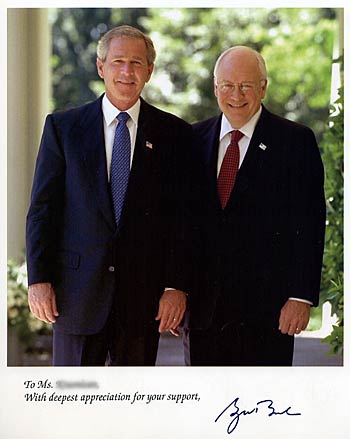
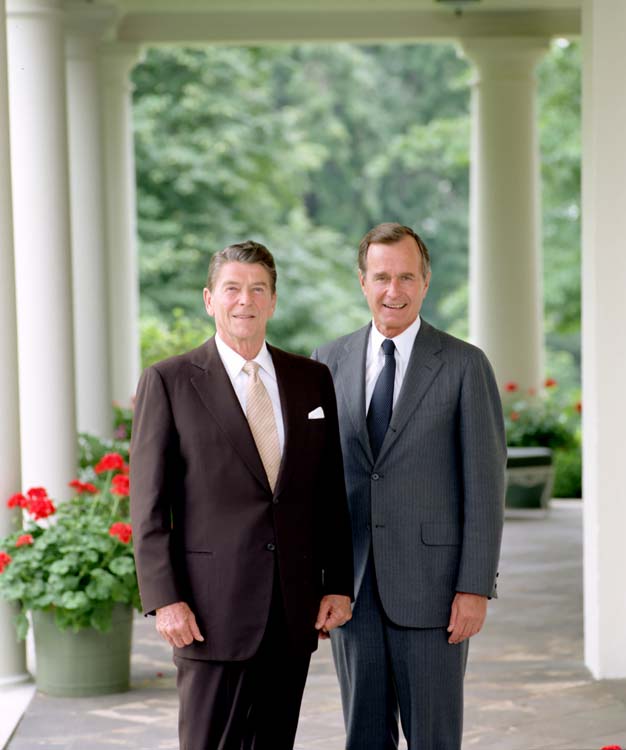



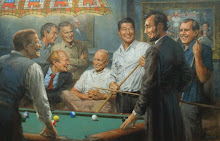





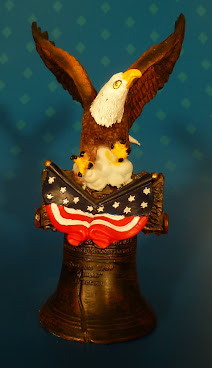






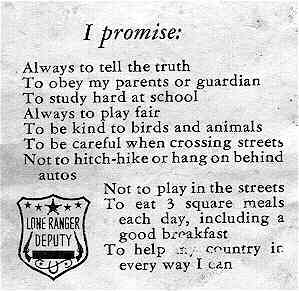







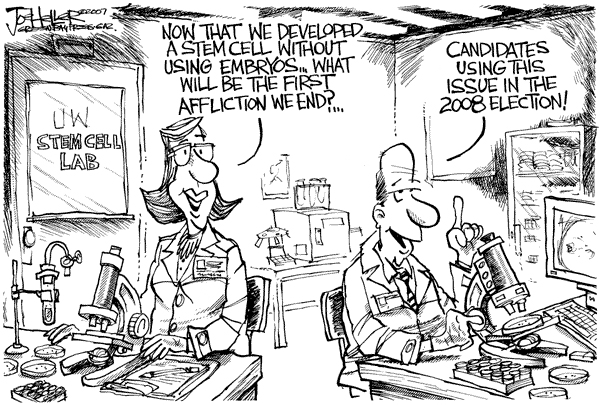

3 comments:
Offering the official administration response to FOX News, a senior Defense Department official pointed out that the chemical weapons were not in useable conditions.
"This does not reflect a capacity that was built up after 1991," the official said, adding the munitions "are not the WMDs this country and the rest of the world believed Iraq had, and not the WMDs for which this country went to war."
I saw that part too. The person sounded too fussy on the weapons creation over location. To me that is just splitting hairs when sarin and mustard gas, along with the hundreds of weapons caches found and blown up, are weapons of mass destruction. Whether they were created before or after 1991 is irrelevant. Old or new, THEY WERE FOUND.
Not to mention anynonmous sources like this have questionable credibility.
Post a Comment